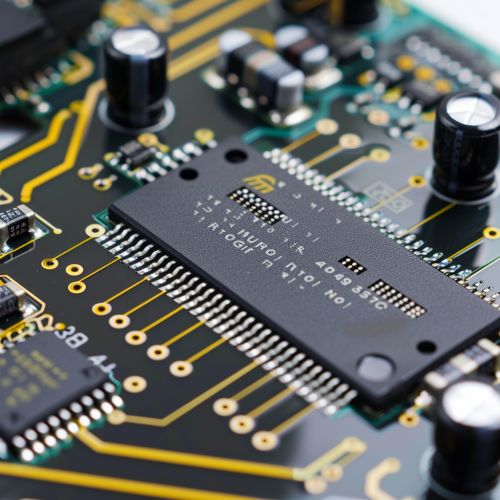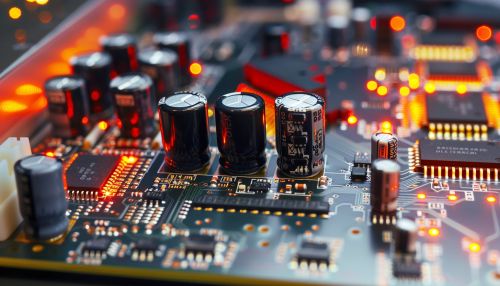Digital Signal Processing
Introduction
Digital Signal Processing (DSP) is a branch of engineering that uses mathematical functions to analyze, modify, and synthesize signals. It is a critical component of many systems in use today, including radar, image and sound processing, seismology, telecommunications, and more.


History
The roots of DSP are tied to the development of Fast Fourier Transform (FFT) algorithms in the 1960s. These algorithms allowed for the efficient computation of Fourier Transforms, a mathematical tool that breaks a signal down into its constituent frequencies. This development paved the way for more complex signal processing techniques.
Basics of Digital Signal Processing
Digital Signal Processing involves three basic steps: signal acquisition, signal processing, and signal output.
Signal Acquisition
Signal acquisition is the process of converting a physical signal, such as sound or light, into a digital signal that can be processed by a computer. This is typically done using an analog-to-digital converter (ADC).
Signal Processing
Once the signal has been digitized, it can be manipulated using various mathematical operations. These operations can include filtering, amplification, and modulation, among others. The specific operations used will depend on the desired outcome of the signal processing.
Signal Output
After the signal has been processed, it is typically converted back into an analog signal using a digital-to-analog converter (DAC). This analog signal can then be used for its intended purpose, whether that be sound reproduction, image display, or some other application.
Applications of Digital Signal Processing
Digital Signal Processing has a wide range of applications, including audio and video processing, telecommunications, radar and sonar, and biomedical signal processing.
Audio and Video Processing
In audio and video processing, DSP techniques are used to enhance the quality of sound and images, respectively. For example, in audio processing, DSP can be used to remove noise, enhance certain frequencies, and create special effects. In video processing, DSP can be used to enhance image quality, detect motion, and perform image recognition.
Telecommunications
In telecommunications, DSP is used to modulate and demodulate signals, compress data, and perform error detection and correction. These techniques allow for the efficient transmission and reception of data over various types of communication networks.
Radar and Sonar
In radar and sonar systems, DSP techniques are used to process the signals that are reflected back from objects. This allows for the detection and identification of objects, as well as the determination of their distance and velocity.
Biomedical Signal Processing
In biomedical signal processing, DSP techniques are used to analyze signals from the human body, such as electrocardiograms and electroencephalograms. This can aid in the diagnosis and treatment of various medical conditions.
Advanced Concepts in Digital Signal Processing
There are several advanced concepts in Digital Signal Processing, including digital filters, Fourier transforms, and Z-transforms.
Digital Filters
Digital filters are a key component of many DSP systems. They can be used to remove unwanted components from a signal, such as noise, or to enhance certain components, such as specific frequencies.
Fourier Transforms
The Fourier Transform is a mathematical tool that is used to break a signal down into its constituent frequencies. This can be useful for analyzing the frequency content of a signal, or for processing a signal in the frequency domain.
Z-Transforms
The Z-Transform is a mathematical tool that is used to analyze and design digital filters. It provides a means of representing discrete-time signals and systems in the frequency domain.
Conclusion
Digital Signal Processing is a critical component of many systems in use today. It provides the tools necessary to analyze, modify, and synthesize signals, allowing for the enhancement of audio and video quality, the efficient transmission of data, and the detection and identification of objects, among other applications.
